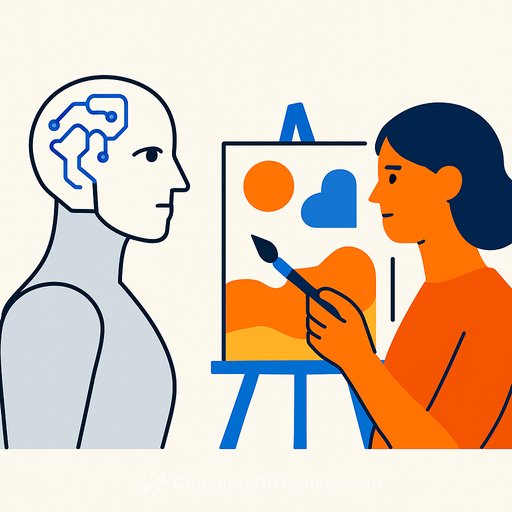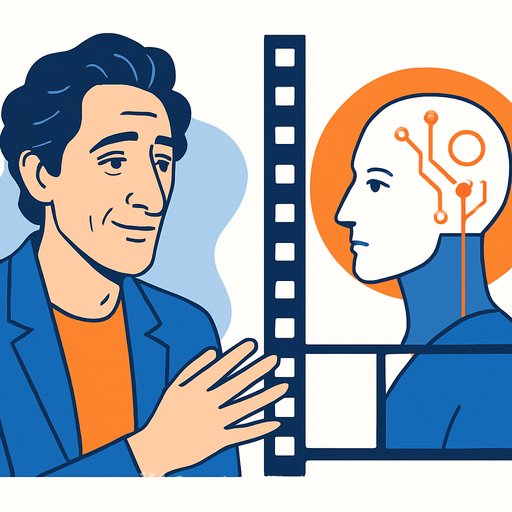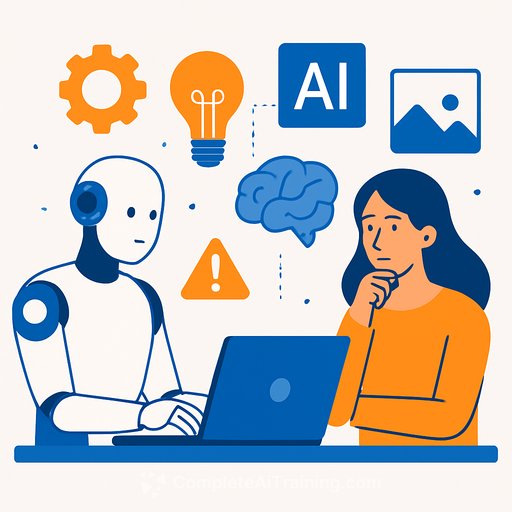Grading Meets AI: Tools, Footage, and the Human Factor
AI went from distant theory to daily practice in a year and a half. It now sits at the center of creative debates-job security, copyright risk, and fresh creative workflows. The bigger question sits underneath it all: can AI create with the humanity and spirit of a human artist?
For colourists, the answer starts with tools. AI and machine learning now speed up the boring parts so we can spend more time on the look. Used well, that's a net win.
The Tools That Actually Help
Modern grading apps now include AI-assisted roto, depth maps, face and object isolation, and smarter shot matching. Tasks that used to stall a session now take minutes instead of hours. That time goes back into intent, taste, and detail.
Sky replacement workflows, faster masking, and third-party OpenFX for matching are already practical on real jobs. Are they perfect? No. But they clear space for better creative decisions, which is what clients notice.
Working With AI-Generated Footage
Most AI shots arrive as compressed MP4s. Expect artifacts, noise, and inconsistent behaviour across frames. The surprise: you can still recover a lot and push looks further than you'd think.
Be ready to do as much-sometimes more-work than on live action. You'll spend time on texture, depth-of-field treatment, and cohesion. The goal is simple: remove the "plastic" feel, fix drift in lighting and colour, and decide what detail to keep or soften so the scene feels credible.
On a recent campaign mixing live action with AI shots, more time went into bedding in the AI segments than grading the live plates. The result landed, but it required careful attention, different decisions, and a tighter loop between grading, texture, and compositing choices.
Practical Moves for Creatives
- Ask for mezzanine files (ProRes 422 HQ or DNxHR HQX) and 10-bit 4:2:2 where possible. Avoid low-bitrate MP4s for final grade. About ProRes
- If the generator allows, request log exports. Even pseudo-log helps with headroom and consistency.
- Bake continuity into briefs and prompts: time of day, key direction, ambience, lens traits. Less drift means fewer fixes.
- Plan texture from the start: grain, halation, lens bloom, and subtle chromatic aberration can ground AI shots alongside live action.
- Treat AI footage like another camera in your colour management. Build a repeatable path so shot matching doesn't spiral.
- Hunt for temporal issues early. Flicker, warping, and edge crawl should be stabilized or patched before look development.
- Create look and matching presets for AI sequences to speed iteration and keep consistency.
- Set expectations with clients on time. AI content can be fast to generate and slower to finish well.
- Keep an eye on copyright and likeness policies. Address this upfront to avoid painful revisions later.
Tools Worth Knowing
DaVinci Resolve's Neural Engine features-Magic Mask, Depth Map, smarter tracking-are practical today and getting better with each release. They don't replace taste; they free it up. DaVinci Resolve
What Changes Next
Expect generators to output log formats and better codecs, which means cleaner grades and fewer compromises. As quality rises, the creative bar rises with it. Tools will keep improving; judgement, restraint, and intent still win the final frame.
If you want structured ways to upskill for creative roles working with AI video and post, explore curated options here: AI courses by job.
Your membership also unlocks:






